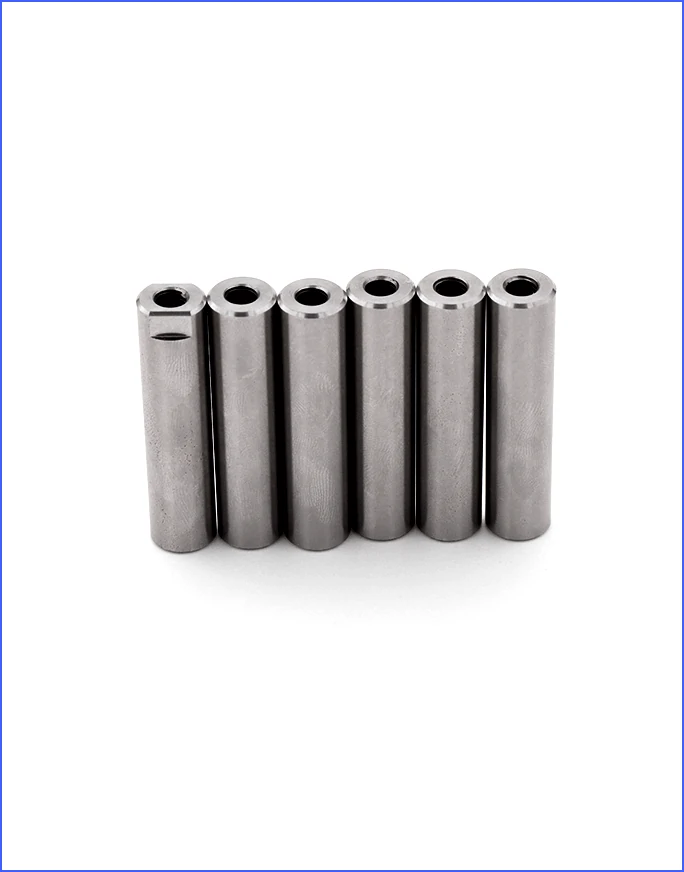Time to read: 6 min

When it comes to selecting materials for construction and manufacturing projects, understanding the differences between alloy steel and carbon steel is crucial. This guide will explore the properties, benefits, and ideal applications of both types of steel to help you make an informed decision.
Introduction to Steel Types
Steel is an alloy primarily composed of iron and carbon. The variation in carbon content and additional alloying elements leads to different types of steel with unique properties.
What is Alloy Steel?
Alloy steel contains other elements such as manganese, silicon, and chromium, which enhance its properties, making it more versatile and suitable for specific applications.
Key Properties:
- Higher tensile strength
- Improved hardness and wear resistance
- Better resistance to corrosion
What is Carbon Steel?
Carbon steel is an alloy with carbon content up to 2%, providing a balance of strength and ductility.
Key Properties:
- Varying levels of strength and hardness depending on carbon content
- Cost-effective and widely available
- Good weldability and machinability
Differences Between Alloy Steel and Carbon Steel
- Chemical Composition: Alloy steel has additional alloying elements, while carbon steel is primarily iron and carbon.
- Mechanical Properties: Alloy steel generally has superior strength and hardness.
- Corrosion Resistance: Alloy steel often offers better corrosion resistance due to alloying elements.
- Cost: Carbon steel is usually more cost-effective than alloy steel.
Applications of Alloy Steel and Carbon Steel
- Alloy Steel: Used in aerospace, automotive, and heavy machinery due to its strength and durability.
- Carbon Steel: Common in construction, automotive parts, and general manufacturing for its balance of properties and cost.
Choosing Between Alloy Steel and Carbon Steel
The choice between alloy steel and carbon steel depends on factors such as required strength, resistance to corrosion, budget constraints, and specific application needs.
Conclusion
Both alloy steel and carbon steel have their advantages and are chosen based on the demands of the project. Understanding their properties and applications will guide you in selecting the appropriate material for your needs.




